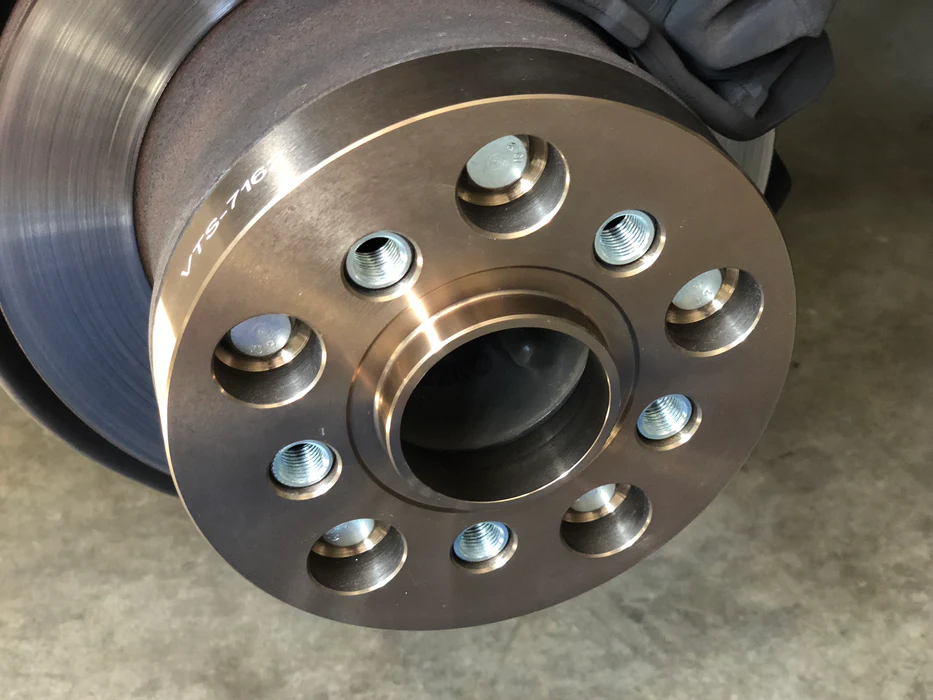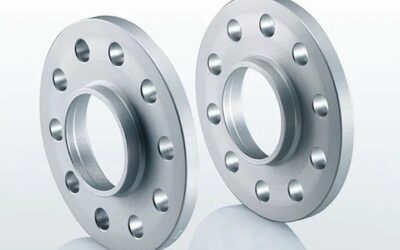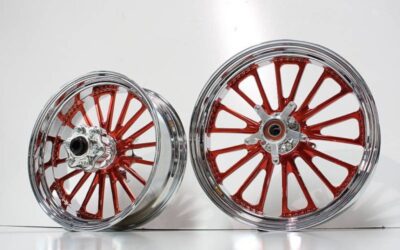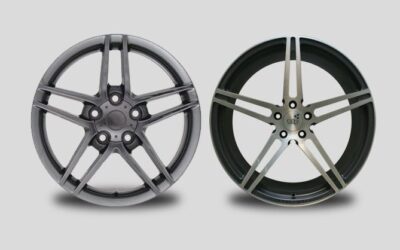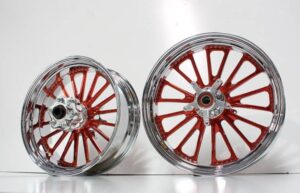Wheel adapters are devices used to change the bolt pattern of a vehicle’s wheel hub, allowing the installation of wheels with a different bolt pattern than the original equipment. The bolt pattern refers to the number of bolts on the wheel and the diameter of the circle they form.
Here’s a breakdown of how wheel adapters work:
Bolt Pattern Conversion
Vehicles have specific bolt patterns designed to fit their wheels securely. However, if you want to use wheels from a different vehicle or aftermarket wheels with a different bolt pattern, a wheel adapter can be used to convert the bolt pattern.
Hub-centric and Lug-centric
Wheel adapters can be hub-centric or lug-centric. Hub-centric adapters have a center bore that matches the hub diameter of the vehicle, ensuring proper centering. Lug-centric adapters rely on the lug nuts for centering.
Thickness and Offset
Wheel adapters come in various thicknesses, and their thickness affects the offset of the wheel. The offset is the distance from the mounting surface of the wheel to the centerline. Installing a wheel adapter changes the offset, which can impact the appearance and performance of the vehicle.
Installation
Installing wheel adapters involves mounting them onto the existing hub of the vehicle using the existing wheel studs. The adapter provides a new set of studs or threads for attaching the wheels.
Potential Issues:
While wheel adapters can be useful for certain applications, it’s important to note that they can introduce additional stress on the vehicle’s suspension components. It’s crucial to use high-quality adapters, follow proper installation procedures, and regularly inspect them for any signs of wear or issues.
Hub-centric or Lug-centric
The choice between hub-centric and lug-centric adapters depends on various factors, and each type has its advantages and considerations. Main focus here is centering mechanism.
Hub-centric wheel adapters have a center bore that matches the hub diameter of the vehicle. This ensures precise centering of the wheel on the hub. Adventages of hub-centric wheel adapters may be summed as: improved balance and stability, reduced vibration and enhanced load distribution. It’s crucial to get the right size of the center bore to match the vehicle’s hub diameter. Installation may require more precision to ensure proper centering.
Lug-centric wheel adapters rely on the lug nuts for centering the wheel. The wheel is centered based on the lug holes and the lug nuts, rather than the center bore. These are generally easier to install and may offer more flexibility in terms of compatibility. Proper torquing of lug nuts is crucial for even load distribution. Depending solely on lug nuts for centering may lead to a slightly less precise fit compared to hub-centric adapters.
Ultimately, the effectiveness of hub-centric or lug-centric wheel adapters depends on the specific requirements of the vehicle and the desired outcome. If precision and optimal balance are crucial, especially in high-performance or demanding situations, hub-centric adapters are often preferred. However, lug-centric adapters can still be effective in many applications, particularly when ease of installation and compatibility are essential considerations.
What is the difference between wheel spacer and wheel adapter?
Wheel spacers and wheel adapters are both aftermarket devices used to modify the fitment of wheels on a vehicle, but they serve different purposes and have distinct designs.
Wheel Spacers:
- Purpose: Wheel spacers are primarily used to create space between the wheel and the hub assembly. They push the wheel outwards from the hub, effectively widening the track of the vehicle.
- Design: A wheel spacer is a simple, flat disc with holes for the wheel studs. It does not alter the bolt pattern but increases the distance between the wheel mounting surface and the hub.
- Installation: Wheel spacers are mounted directly onto the existing wheel studs, and the wheel is then installed onto the extended studs of the spacer.
Wheel Adapters:
- Purpose: Wheel adapters, on the other hand, are used to change the bolt pattern of the vehicle’s hub, allowing the use of wheels with a different bolt pattern.
- Design: Wheel adapters incorporate both the original bolt pattern of the vehicle and a new bolt pattern for the wheels to be mounted. They can be hub-centric or lug-centric, and they often have their own set of studs for wheel attachment.
- Installation: Wheel adapters are installed between the hub and the wheel, effectively altering the entire bolt pattern of the hub. The wheel is then mounted onto the new studs provided by the adapter.
READ MORE: Wheel spacers explained
In summary, wheel spacers are primarily used for adjusting the wheel’s position relative to the hub without changing the bolt pattern, while wheel adapters are used to change the bolt pattern, allowing the use of wheels with different specifications. The choice between a wheel spacer and a wheel adapter depends on the specific modification goals and requirements of the vehicle owner.

